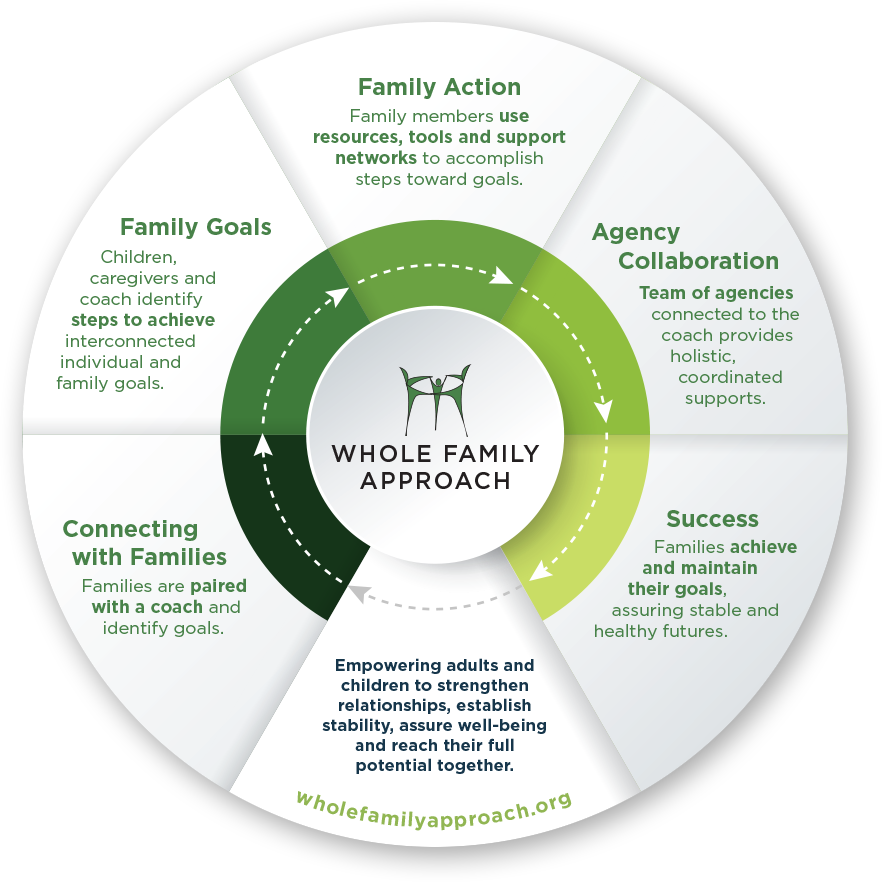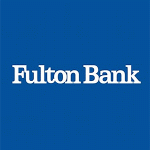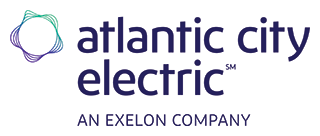
Whole Family Approach
What is the Whole Family Approach?
- Strong families are essential to the well-being of children, adults and the community. The Whole Family Approach is a family-led strategy that provides adults and children with the tools they need to set goals together, create plans, and to achieve those goals.
- While families are made up of individuals, their challenges and successes are interdependent. By using the Whole Family Approach, family members work together to support each other’s goals and achieve long-term change and stability.
- The Whole Family Approach recognizes that reaching large goals, and maintaining them, requires the support of all family members.

How is the Whole Family Approach different from other ways of improving family well-being?
- Many social service systems approach family well-being from an individualistic, fragmented, and crisis-oriented perspective. We aim to change that by using the Whole Family Approach.
- Several factors make the Whole Family Approach unique in improving family well-being:
- Families self-identify their goals; members work together to accomplish both individual and family-wide goals.
- Families create and implement a plan with behavioral objectives to reach their goals together.
- Families have access to a range of organizations to equip themselves with the social support and tools to accomplish their goals.
- Collaborating agencies adopt one mission to contribute to a family’s plan, avoiding competing priorities and disjointed supports.
- The Whole Family Approach breaks down silos in existing social services. It puts equal priority on the needs of adults and children and enables seamless collaboration among multiple organizations to support a family’s plans.
- The Whole Family Approach is prevention rather than crisis-driven. Empowering a family with the tools to reach their goals and avoid poverty has far better long-term benefits than helping them once they have already reached poverty.
How does Unidos para la Familia implement the Whole Family Approach?
- Unidos para la Familia implements the Whole Family Approach through a mission-driven collaborative model where multiple agencies come together to provide the services necessary for family strengthening.
- There are four components that are critical to successful implementation of the Whole Family Approach:
- Two dependable adult caregivers actively engaged with the children in the family. At least one must be working or able to work.
- Families develop plans with long- and short-term goals.
- A team of agencies working together to help a family reach their goals.
- Collaborating agencies meeting regularly to collectively manage family plans, share data and synchronize their efforts.
Programming made possible in part by:




CALL 856-455-2509
© 2025 Unidos Para La Familia. All rights reserved. website by masterpieceadvertising.com